How to Create a Letter of Authenticity Template
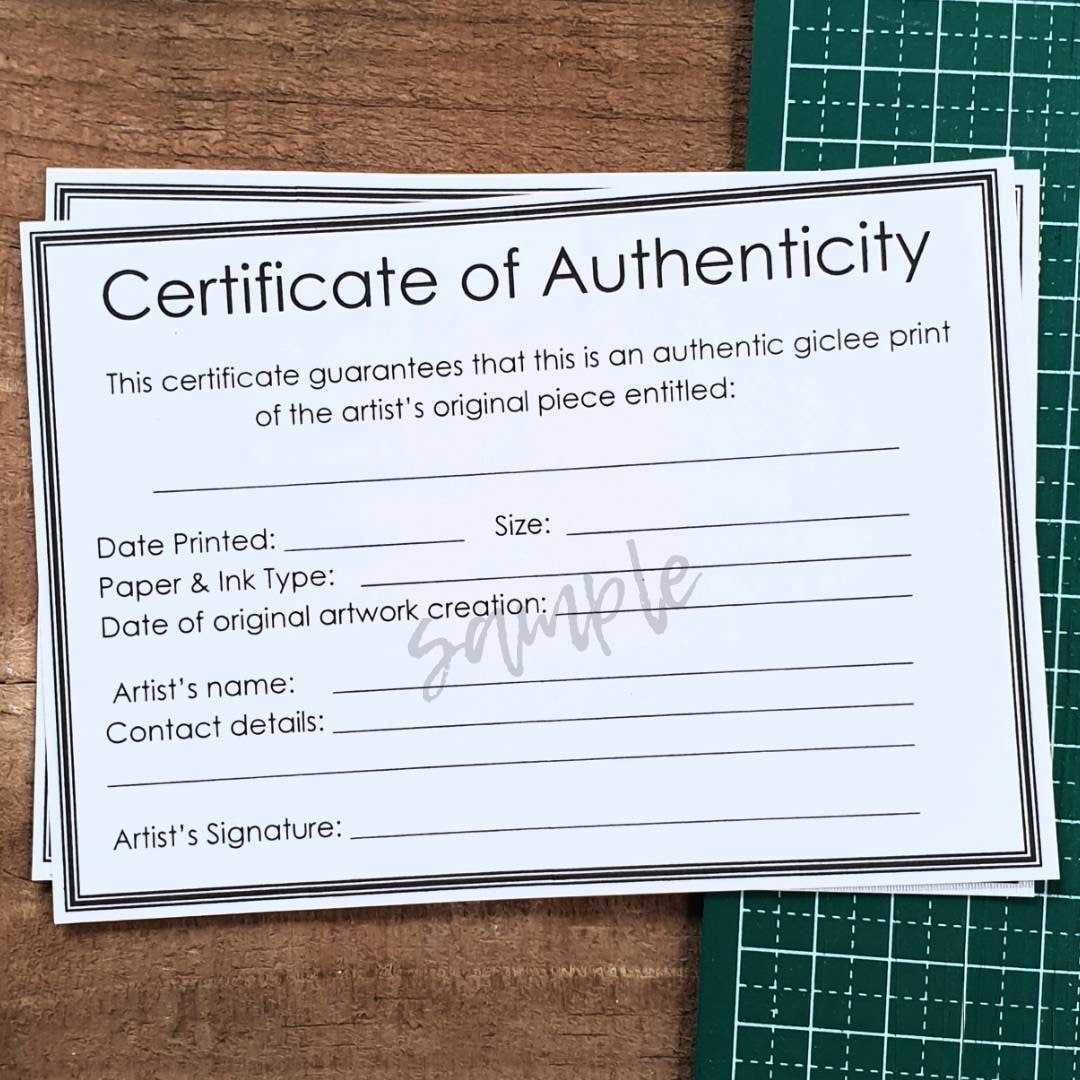
When it comes to confirming the authenticity of valuable or important items, having a reliable and clear written declaration can make a significant difference. This document serves as an official statement, ensuring that the item or service in question is genuine and trustworthy. It’s essential to understand how to draft such a statement properly to avoid confusion or complications in its usage.
Being able to customize this form according to specific needs allows individuals and businesses to maintain transparency and offer reassurance to clients or partners. It is vital to include all necessary details to validate the authenticity and protect against any potential disputes.
Understanding the essential components of this document can help you avoid common errors and ensure that it serves its intended purpose effectively. Whether for a piece of artwork, a collectible, or a contract, this written confirmation plays a crucial role in many sectors.
Importance of an Authenticity Letter
In various fields, confirming the legitimacy of valuable items is crucial for establishing trust and security. Such verification provides both buyers and sellers with peace of mind, ensuring that transactions are based on genuine products or services. The assurance of legitimacy enhances the value and reputation of the item, often making it more desirable in the marketplace.
When dealing with high-end merchandise, rare collectibles, or intellectual property, having a formal document that attests to the item’s genuine nature can prevent fraud and disputes. This form of validation plays a significant role in maintaining transparency, fostering long-term relationships, and protecting the interests of all parties involved.
What Should Be Included in the Template
When drafting a document that affirms the legitimacy of an item, several key elements must be included to ensure its credibility and clarity. These components provide essential details that allow both the issuer and recipient to verify the information and maintain a formal record of the transaction.
- Identification of the Item – A clear description of the item, including any identifying features, such as serial numbers, model names, or unique characteristics.
- Issuer Information – Full details of the person or organization issuing the confirmation, including contact information and their credentials or authority to provide such a statement.
- Statement of Legitimacy – A brief declaration confirming that the item is genuine and authentic, along with any relevant certifications or sources that validate this claim.
- Signature – A signature from the issuer to verify the document’s authenticity, often accompanied by a date and place of issuance.
- Conditions of Validity – Any terms, restrictions, or conditions that apply to the validity of the statement, such as time limitations or requirements for re-verification.
How to Customize Your Template
Personalizing a document that verifies the legitimacy of an item allows you to align it with your specific needs and ensure it accurately represents the item in question. Tailoring the format and content to suit different items or circumstances can enhance clarity and effectiveness, providing a professional touch while maintaining transparency.
Adjusting Key Information
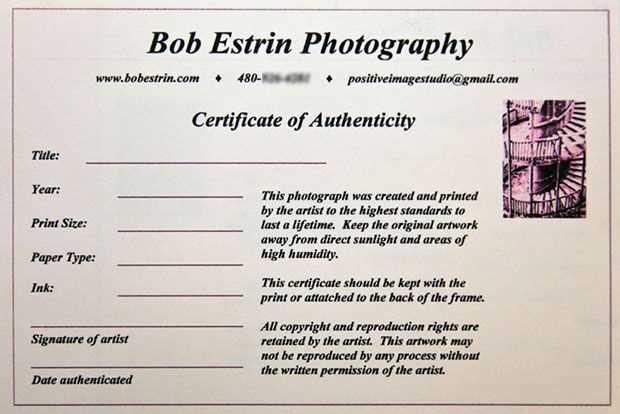
To ensure the document meets the requirements of the transaction, begin by customizing the item description. Include detailed characteristics such as brand, model, and unique features that distinguish the item. Additionally, make sure to add relevant credentials of the issuer to establish credibility and trustworthiness.
Formatting for Different Purposes
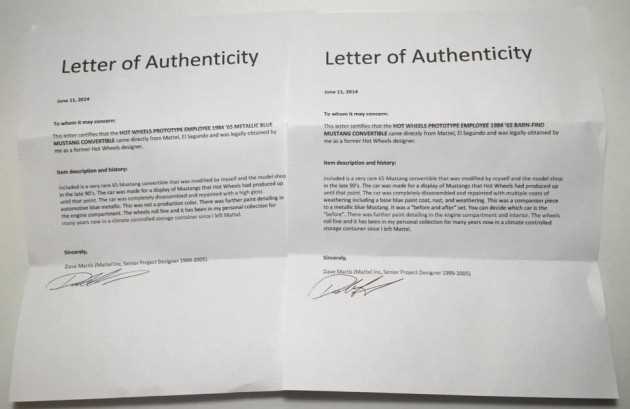
The layout of the document can be modified to fit various uses, whether it’s for personal collections, high-value sales, or legal matters. Adjust the design by changing the structure or including specific clauses to reflect the nature of the item or the transaction. Clear sections and a professional tone will elevate the document’s formality and effectiveness.
Common Mistakes to Avoid
When preparing a document that verifies the legitimacy of a product, there are several common errors that can undermine its effectiveness. These mistakes can lead to confusion, reduce credibility, or even cause disputes between parties. Being mindful of these pitfalls will help ensure that the document is clear, professional, and reliable.
Incomplete or Vague Descriptions
One of the most frequent mistakes is providing insufficient details about the item. A vague description without essential identifiers, such as model numbers or serial codes, can raise doubts about the item’s legitimacy. Always ensure the description is thorough, precise, and includes all relevant information that can uniquely identify the product.
Missing Signatures or Authorization
Another common error is failing to include a valid signature or proper authorization from the issuer. Without a signature, the document lacks the necessary formal recognition, making it easy to question its validity. Make sure the issuer’s name, credentials, and signature are clearly displayed, as these lend credibility and ensure that the document holds legal weight.
Legal Aspects of Authenticity Letters
When it comes to confirming the legitimacy of valuable items, understanding the legal implications is crucial. Such documents carry weight in both personal and business transactions, and their proper usage can protect all parties involved. However, there are specific legal requirements and considerations that should be taken into account to ensure the document is valid and enforceable.
One of the key legal aspects is that the issuer must have the authority to verify the item’s authenticity. If the person or organization providing the statement is not properly authorized, the document may not hold up in legal disputes. Additionally, the contents of the document should be clear, accurate, and free from misrepresentation. Any false or misleading claims could lead to serious legal consequences, including fraud charges or civil litigation.
It is also important to understand the jurisdictional factors that may affect the document’s validity. Legal requirements can vary depending on the region, so it’s essential to ensure compliance with local laws and regulations when preparing the document. For example, some areas may require specific formatting or notarization to ensure that the document holds legal weight.
Lastly, dispute resolution clauses are often included in formal documents to outline how potential conflicts will be addressed. Ensuring that these terms are clear and legally binding can prevent costly and time-consuming legal battles down the road.
Practical Uses of Authenticity Letters
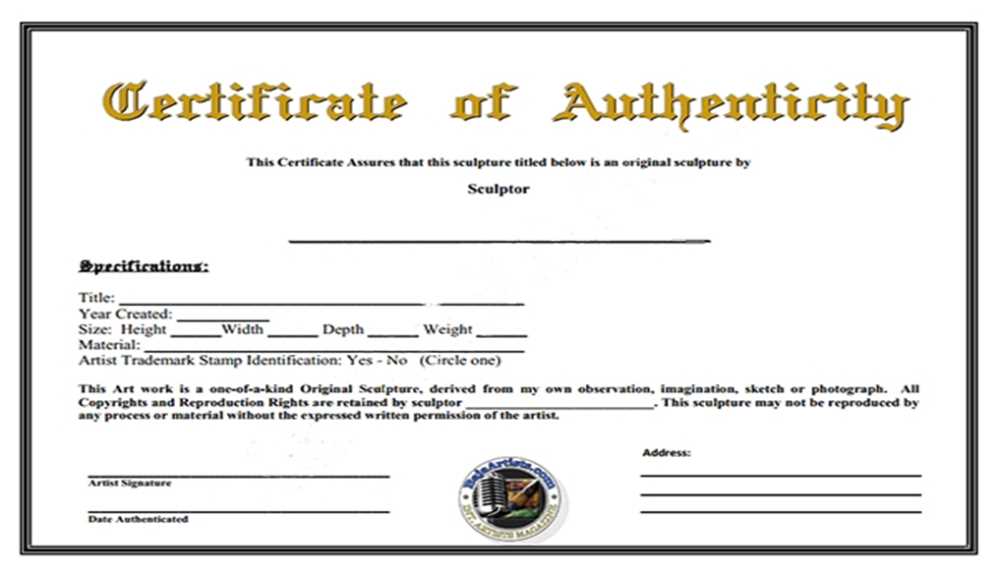
Documents that verify the legitimacy of items have a wide range of practical applications. They are essential in many industries and transactions, offering reassurance to both buyers and sellers. By ensuring that an item is genuine, these documents help to reduce the risk of fraud and provide a formal record of legitimacy, which is often required for high-value items.
In Collectibles and High-Value Goods
In the world of rare collectibles, luxury items, or fine art, these documents are commonly used to establish a product’s true value and origin. Without this verification, the item’s worth can be questioned, which may impact its sale price or the ability to insure it.
| Item Type | Common Use | Importance of Verification |
|---|---|---|
| Fine Art | Establishes artist, authenticity, and provenance | Prevents fraud, increases market value |
| Luxury Watches | Proves originality and manufacturer details | Ensures resale value and authenticity |
| Rare Coins | Verifies rarity, minting year, and condition | Protects against counterfeiting |
In Legal and Insurance Matters
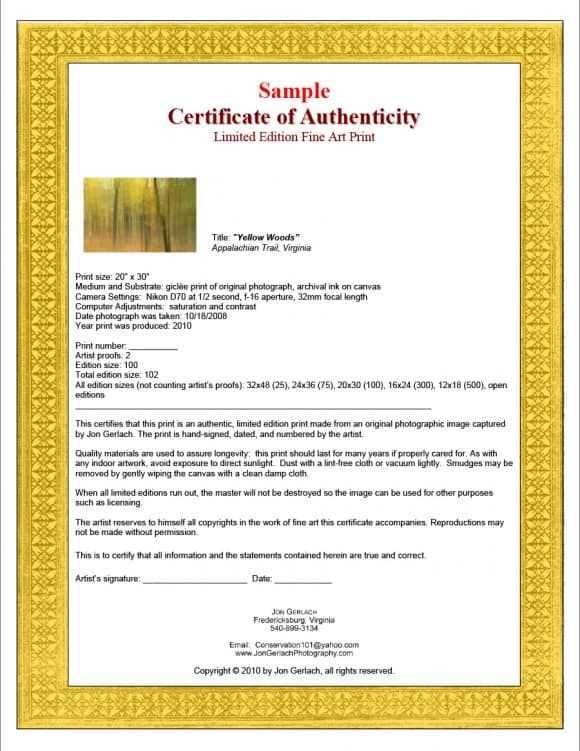
Such documents are also vital in legal and insurance contexts. In the case of a claim, proving the legitimacy of an item ensures that compensation is provided for genuine losses. Additionally, they can serve as evidence in legal disputes where the authenticity of a product is questioned.